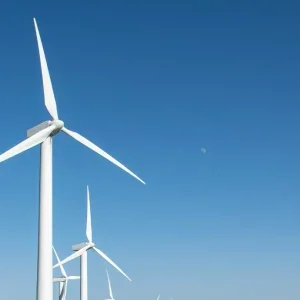Over the past few years, uprating and refurbishment has become an increasingly important issue in the water power and dams industry. Research has shown that thousands of facilities are not fulfilling the function for which they were designed. There are hydro power plants that produce a fraction of the power offered on their name plant — whether because they have been poorly maintained, because they are in a punishing environment, or simply because their components are at the end of their design life. Similarly, there are dams impounding reservoirs that are half full; for example, because recent hydrology data requires them to be strengthened.
It is cheaper by far to uprate an existing plant; to gain a few kW extra by improving water use; to manage maintenance better and so reduce downtime; to use new materials that age more slowly and are replaced at longer intervals; or to refurbish and revive an existing plant.
The enormous and varied volume of work under way in uprating and refurbishment is reflected in the papers below, taken from our extensive archive of articles. If you would like to view more stories on this subject, try a keyword search in our archive.
Related Articles
Simontornya plant unsold
A legacy set in concrete
An age-old problem
Renovation innovation
Changing requirements at Blalock dam
Making the most of refurbishment
Intelligent cavitation diagnostics and monitoring
Digital regulators take the strain at… Ajaure
The German experience
New dams please, we’re British
Great Scot
Breaking down the barriers
Upholding the law
Oil-free operation
Back to Life
The Uprate and refurbishment
Large, low head hydro rehab
Opportunity knocks
Taking the risk
Seepage solution
Midskog gets physical…and numerical






